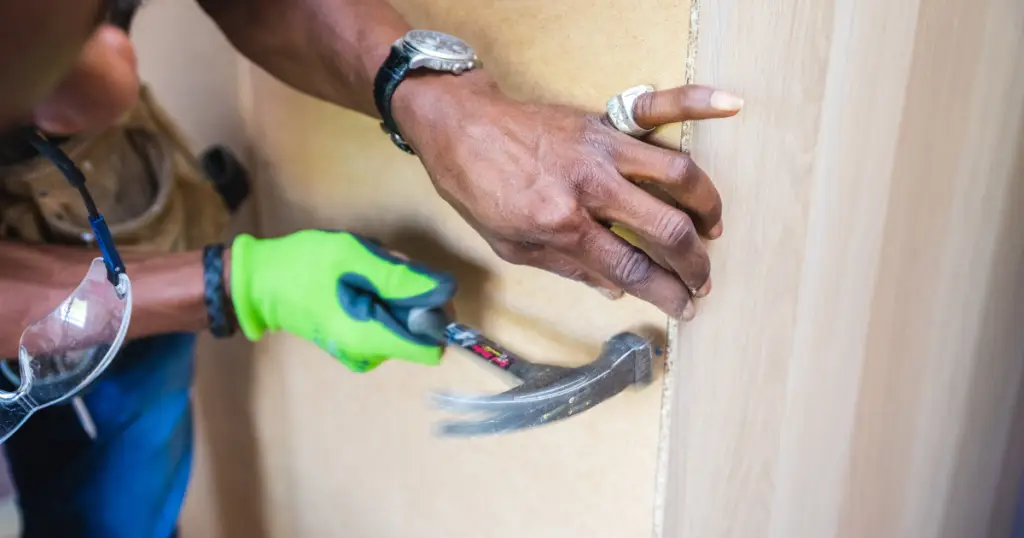Are Translation Earbuds Worth It? Quick, Clear Guide
Are translation earbuds worth it? Honest look at accuracy, cost, and when they help. Real stats, tests, and clear advice for travelers and professionals.
“I tried translation earbuds in Tokyo and they turned a 20-minute grocery chat into a smooth exchange.”
That first awkward moment made me wonder: are these tiny gadgets actually useful or just neat toys?
If you need fast help with foreign phrases on a trip, or quick work chats with people who speak other languages, translation earbuds can save time.
But they do not replace human translators for tricky or legal talks.
If you want professional written work, check Translation agency London for certified help.
How translation earbuds work
Most earbuds that translate use your phone plus cloud translation engines.
Here’s the simple flow:
- One person speaks.
- The earbud picks up the sound and sends it to an app.
- The app turns speech into text, translates the text, and sends back audio.
That loop can be fast, but it depends on your internet and how clearly people speak.
Real-time speech-to-speech is harder than typed translation because of accents, background noise, and slang.
Accuracy: What to expect

Translation earbuds are good for short, clear sentences. They usually do fine with everyday phrases like greetings, directions, or menu items. But accuracy drops with:
- Long or complex sentences.
- Strong accents or slang.
- Technical or legal terms.
Reports and expert analysis show live translation still struggles with speech recognition and complex grammar, so you should not trust it for contracts or medical talks.
Which tasks are earbuds great for
Use them when you need quick, informal help:
- Traveling and ordering food.
- Short chats with locals.
- Basic customer service in shops or hotels.
They save time and feel less awkward than waving your phone around. But keep expectations low for complicated conversations.
When you should still get a human translator
Do not use earbuds when accuracy matters:
- Legal agreements and contracts.
- Medical consultations.
- Official business meetings where tone and nuance matter.
A trained human translator or interpreter understands context, tone, and local conventions in ways machines still miss.
For certified work, hire professionals.
Battery, privacy, and cost to consider
Think about these practical things:
- Battery life: Continuous translating drains earbuds faster than music.
- Privacy: Voice data often goes to cloud servers for processing.
- Cost: Good translator earbuds range from mid to high price. Cheaper models may be less accurate.
If privacy or battery matters, a human translator or a local agency might be a safer choice.
A closer look at the tech
There are three steps behind the scenes:
- Speech recognition: The device turns your spoken words into text. This part struggles with accents or people talking fast.
- Machine translation: The app converts that text into another language using big models from firms like Google, DeepL, or Microsoft.
- Text-to-speech: The app reads the translation out loud.
Each step adds room for mistakes. If the speech recognition fails, the translation is wrong before it even starts.
If the machine translation has trouble with slang or cultural phrases, it may give a literal but awkward result.
Some manufacturers combine multiple engines to get better results, which can help in more languages or accents.
Still, tests show human-level nuance is hard to reach.
Real examples you can relate to
• Ordering food: You can say a simple dish name and the earbud will translate fine. That is a win for travel.
• Asking for directions: Works well if you speak slowly and clearly.
• Job interview or legal talk: Not safe. Machines miss context and tone that matter.
How well top models perform
Independent testers, like Certified Lanhuages International, who tried several models report mixed results: some earbuds handle quiet conversations well, others struggle in noisy places.
One hands-on test showed the best earbud models worked for daily phrases but still failed on complex speech.
This means you should test any device in real settings before you depend on it.
Price and options (what you will pay)
Prices change, but expect these ranges:
- Budget options: under $100. Basic, less accurate.
- Mid-range: $100–$300. Better mics and software.
- High-end dedicated translators: $300+. More languages and better accuracy.
If you spend more, you often get better microphones, longer battery life, and more reliable updates.
A note on market trends and future outlook
The market for translation devices is growing fast.
Mordorintelligence estimates that the language translation device market will expand over the next decade, pushing makers to improve accuracy, battery life, and noise handling.
That means gadgets will get better, but the technology still needs time to match a trained human in tricky settings.
Pros and cons

Pros:
- Instant help for simple chats.
- Hands-free and polite in public.
- Good for travel and quick customer exchanges.
Cons:
- Not reliable for complex or legal content.
- Accuracy drops with accents and noise.
- Privacy and battery concerns.
Practical buying tips
If you decide to buy:
- Look for models that use proven translation engines and have recent firmware updates.
- Read real user tests for noisy environments.
- Choose devices that give options for manual transcription if needed.
- Test them in stores or return-friendly sites so you can try real conversations. Also, watch for new models. Companies keep improving accuracy with better microphones and software.
Quick checklist before you rely on them
- Try them in the place you will use them (quiet vs noisy).
- Check if your language pair is supported and tested.
- Look for clear return or trial policies.
- Keep a backup plan: a translation app on your phone or contact a professional agency. Always.
Conclusion: are translation earbuds worth it?
Yes, but only for casual needs. You get real value if you travel a lot, talk to people in simple exchanges, or need quick language help on the go.
No, they are not a replacement for trained translators when accuracy, tone, or legal safety matter.
I say this because these tools still make mistakes, especially under noise or with complex ideas, and that can cost you more than the gadget.
If you want a low-effort way to speak basic phrases, try earbuds and learn their limits.
If you must be exact, use a professional service.









